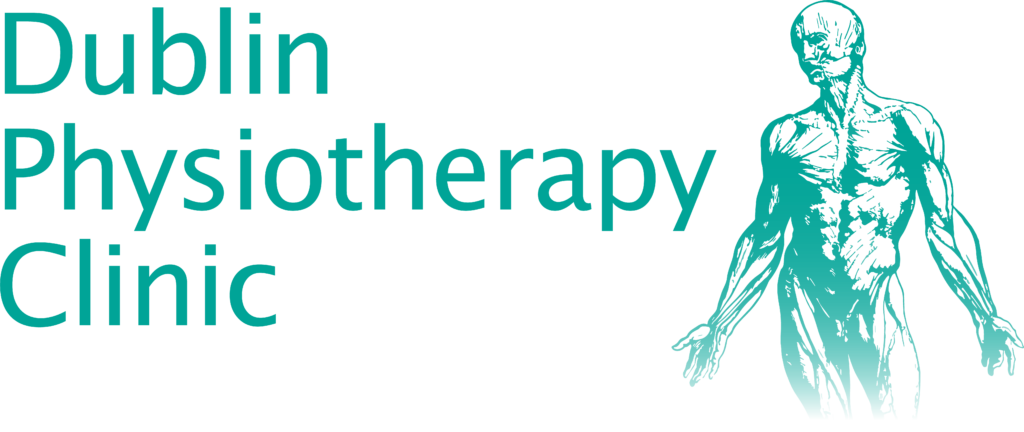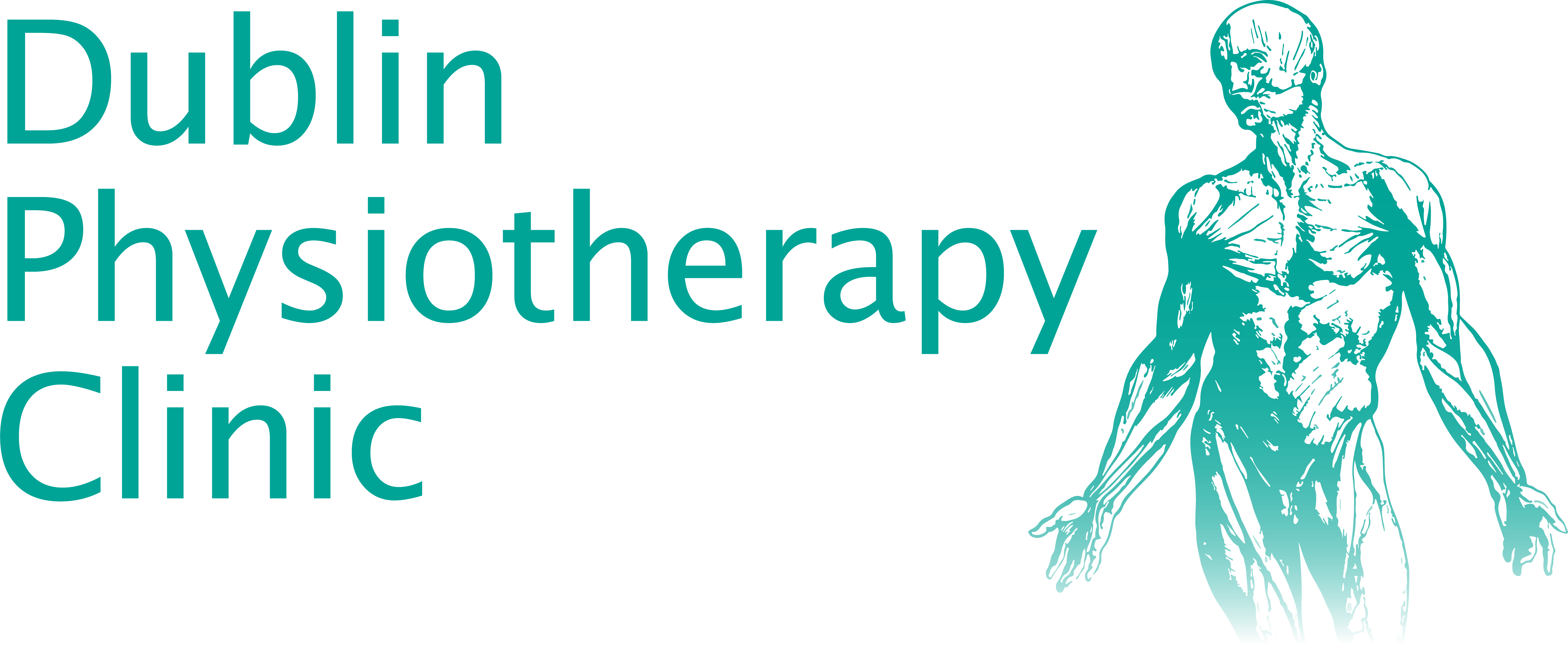Often times, there are numerous sciatica treatment methods that relieve leg weakness/ pain without requiring any surgical intervention. However, if the pain and weakness persist for so long, or turn out to be progressive and damaging to nerves, surgical treatment becomes a necessity. In this article, we take you through these dangers so that you are aware of where emergency measures are required.
Nerve Pain
Nerve pain is one of the worst types of pain there is and it’s very tempting to try to search for a quick fix. There are some indicative signs that you need to be aware of, in an acute sciatic presentation.
Permanent nerve damage can cause persistent pain can and lead to loss of power or paralysis from the muscles that the nerve supplies. Severe loss of power, for example in the limb, is a real surgical emergency and should be addressed promptly.
Interference with Bladder Control
Interference with the bladder bell pattern may also indicate urgency for surgical sciatica treatment. Loss of bladder/ bowel control indicates that certain nerves in the spine are under pressure.
The nerves in this area do not have a thick protective covering and are therefore more sensitive and vulnerable to compression, than other parts of the nerve, which supply muscles and joints. This interference is also referred to as a spinal cord or cauda equina syndrome.
Progressive Nervous Complications
Numbness in the saddle area, (area at the base of the groin, underneath the genital area) is also an indicator that the particular nerve in that region is under pressure. Sometimes, it is not particularly painful but it is necessary that you are aware since any form of sciatica can evolve into a more complex kind of presentation that may need surgical intervention.
All these features mentioned above represent are often seen in 10% of patients with back pain problems and who need decompression. However, it is important you know that so that you can evaluate the symptoms you are getting so that you can assess yourself.
It’s contraindicated for someone with such severe presentation to either perform manipulative thrust procedures or force a corrective posture. These are not practical options and when there is such significant structural compression on the nerve, you may have to go for surgical decompression
Management and Prevention of Surgical Intervention
For 90% of the less severe cases, it is possible to make a judgment based on the process of recovery. For example, when symptoms are reducing, your clinician can help you know if there is anything you can do to increase the speed of recovery. As the swelling on the disks diminishes, the corresponding ability to do things should also increase. People will want something to speed up the recovery if the process of recovery is taking an unfair process of recovery.
Your clinician should monitor you to see if these symptoms reduce with time and the recovery continues gradually on a daily basis.
Avoiding Provocative Movements
Patients may also need anti-inflammatories in the system as well. It is also necessary to avoid provoking activity such as sustained sitting. This causes continuous compression on the discs and puts pressure on the nerve.
Bending forward is also a provocative movement. During bending, the front side of the disc is compressed but the back of the disc is stretched out. If there has been any damage to that area, the bending results in more pressure.
When trying to assess the severity of your own sciatica, these can be important red flag signs to be aware of your condition. Often, these signs may not be associated with pain but you should still respond when the sciatica pain is reducing.
When trying to self-manage, ensure that you do not leave those symptoms to last for several days, as they will require surgical decompression.
Sources
https://www.spine-health.com/conditions/sciatica/what-you-need-know-about-sciatica
https://www.webmd.com/back-pain/what-is-sciatica#1






